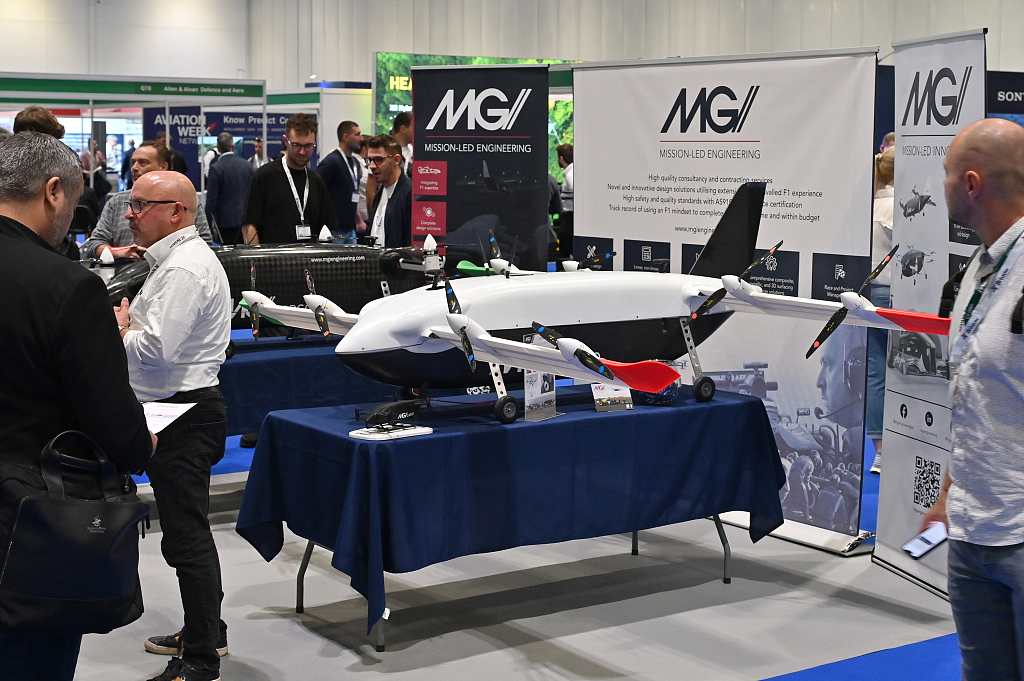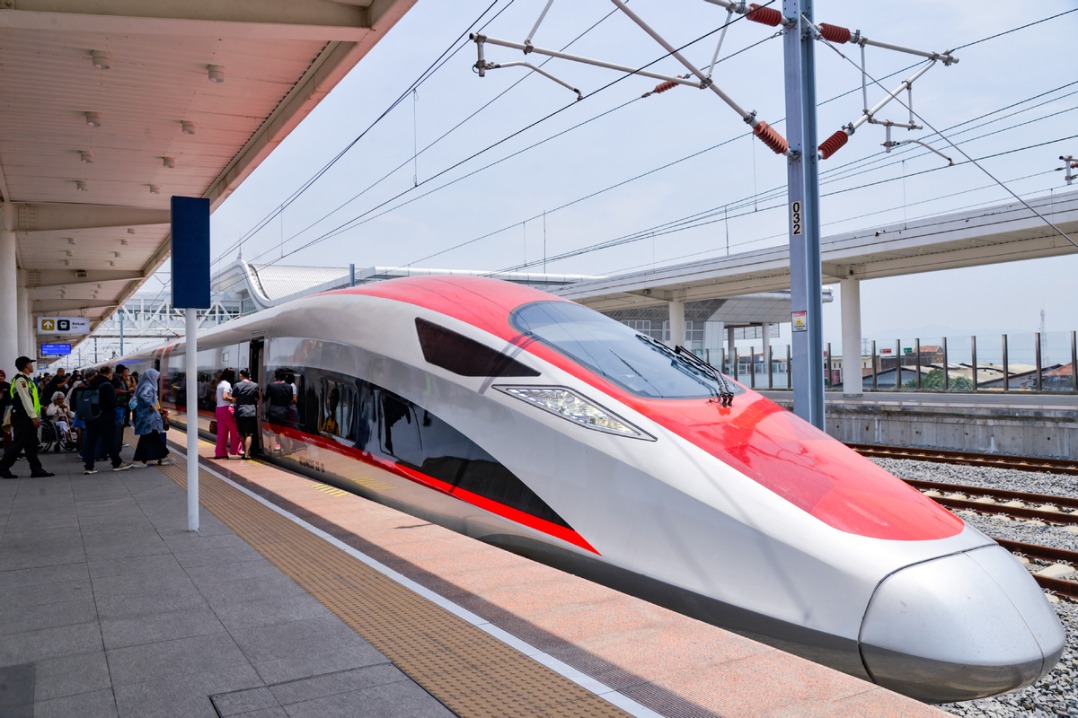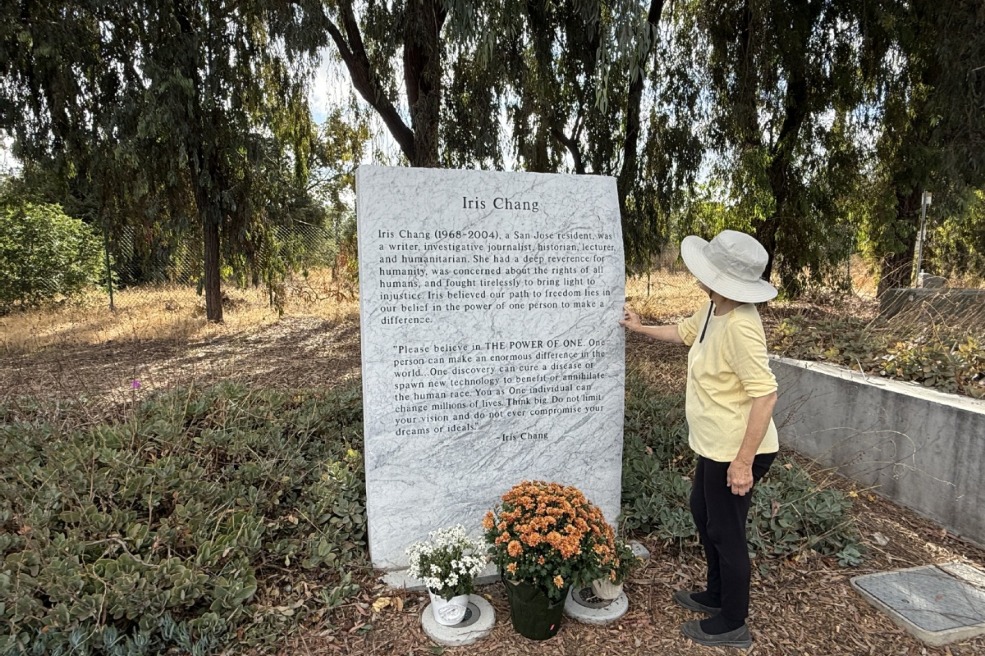UK government gives go-ahead for flying taxi ventures
By Barry He for China Daily | chinadaily.com.cn | Updated: 2024-04-03 06:15

The UK government has announced plans for the first flying taxi service to start running in the next two years. It is hoped that regular service for the general population will become mainstream by the end of the decade.
Development of the technology is already well underway in Asia, where Chinese provinces such as Hefei have announced details of commercial contracts with technology providers.
Britain has many small airports of limited use, called aerodromes, which the government wants to open up as mini-airports for drones and other electric vertical take-off and landing, or eVTOL, aircraft.
Improvements in battery technologies will revolutionize the sector, making flying taxis a viable transportation service. It is not just these that are sparking interest — there is even talk of emergency service drones and deliveries being on the horizon.
When it comes to personal transportation, it is likely that flying taxi services will initially be used to replace more exclusive modes of transport, such as helicopters, with one report by PWC proposing that it would only take around 26 minutes to fly between the northern English cities of Liverpool and Leeds, which currently takes around 90 minutes by road.
The day-to-day economic practicalities of using such speculative technology are still in question. It is uncertain if the price of a flying taxi will ever be as cheap as an Uber, with some eVTOL companies promising fares as low as 2.40 pounds per mile ($3). However, it is likely to be closer to 10 pounds per mile unless battery technology vastly improves, and economies of scale take effect.
Liverpool to Leeds by train would normally take over two hours, so the alternative would only be considered a more efficient method if wait and boarding times for flying taxis ranks were significantly quicker than current modern airport queues. Industry proponents claim that the journey time can be cut to just 10 minutes by automating security screening processes with emerging biometric technologies.
While the practicality of delivering flying taxi services is one thing, persuading the public to switch from using trains and buses to flying in autonomous metal containers will be a challenge, greatly affecting the success or otherwise of this roll-out.
Studies have shown that most people would typically be more comfortable if the vehicle was operated by a human pilot, instead of automated. However, this may change with time, as the technology builds up a strong safety record and becomes normalized.
Education on the various safety systems in place, such as emergency automatic braking, lane assists, cruise control and blind spot monitoring will be required in order to build public trust in such novel and dramatic technology.
Even then, further reassurances may be required in the form of additional infrastructure. Building on existing air traffic control contingencies, proposals have also been made for air-road police enforcement departments, similar to how existing highway patrols operate. These could be manned vehicles that oversee the safety of flying routes and the status of individual vehicles, in order to provide a sense of security to the aerial transport network.
London is one city which, if they were welcomed, could benefit hugely from flying taxis. The sprawling metropolis’s antique underground railway system is straining under a growing population, with the majority of the network still reliant on Victorian tunnel technology. Flying taxis would bring the welcome relief of new capillaries throughout the city’s boroughs.
London is not the only city exploring the possibility of aerial transportation networks. There is a global race to become the first city to deliver, with Dubai and New York also expecting to run similar services by the end of the decade, and New York having set an ambitious target of having operational flying taxis in the sky by 2025.
It is China, however, that leads the way. Last year the Civil Aviation Authority of China approved an 80-million-pound deal to provide 100 aircraft for tourism and emergency services. Regulatory bodies in other parts of the world are still catching up.
























